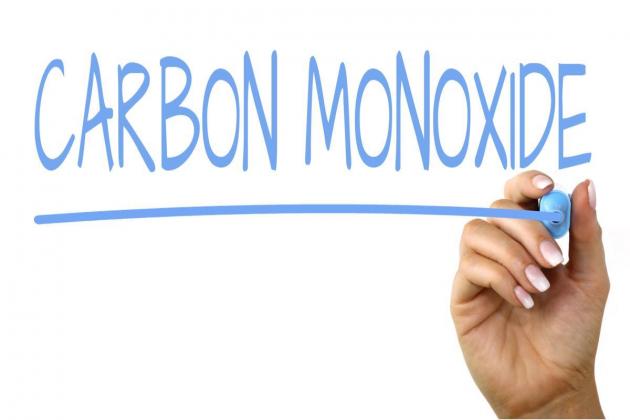Warning, be careful of Carbon Monoxide Poisoning
Around the state, people have been dying of carbon monoxide poisoning while trying to keep warm. As of February 16, three people have died. At Least 17 Deaths Tied to Winter Storm Uri.
According to Poison Control
Carbon monoxide is called the “silent killer” because you cannot see it, taste it or smell it. Carbon monoxide is the leading cause of accidental poisoning deaths in North America. Every household that is equipped with a furnace, boiler, water heater, fireplace, or emergency generator that burns natural gas, fuel oil, coal or wood should have a carbon monoxide detector installed. Smoke detectors, which are required in some types of buildings and dwellings, do not monitor carbon monoxide levels.
Carbon monoxide is a colorless, odorless, and tasteless gas produced by the incomplete burning of carboniferous fuels such as wood, coal, natural gas, and fuel oil.
The symptoms of carbon monoxide poisoning may be difficult to know when you are suffering from carbon monoxide poisoning because symptoms can be very similar to the flu. Exposure to carbon monoxide can cause headaches, nausea, redness of the skin, dizziness, confusion, and even loss of consciousness. The majority of people who are killed are overcome in their sleep.
If you suspect someone is suffering from carbon monoxide poisoning, get them to fresh air immediately and then call the poison center toll-free at 1-800-222- 1222. If the person is unconscious, call 911 for immediate medical assistance.
Install a carbon monoxide detector to monitor the air and issue an alarm if the level of carbon monoxide reaches a dangerous zone. These are available at local hardware and big box stores. Only one alarm is needed per floor of your home and should be installed close to the sleeping areas. CO alarms that plug into the wall with a battery back-up system are recommended.
- Have your heating system inspected by a qualified professional yearly before it is turned on in the fall.
- Check the fireplace chimney or flue for leaves, branches bird nests, or other blockages that may have accumulated.
- Check all alternative heating sources such as space heaters or wood stoves to ensure they are in safe operating condition and are being properly used.
- NEVER use the gas range or oven for heating, even in power failures.
- NEVER burn coal or use charcoal in a closed space, even a garage with the door open.
- Always run gas-powered generators in open spaces, and make sure they are well away from air conditioning units or other air intake vents.
Also, it should be noted to not run your car in an enclosed area like your garage. According to a Canton, MA. Safety document, “Winter snows can create drifts that block exhaust vents, forcing carbon monoxide gas (CO) to back-up into your home. ... Often it is too low to melt snow in a plugged exhaust pipe or vent. Keep sidewall and direct vents clear of obstructions, drifting snow and bushes to provide proper ventilation. NEVER leave an automobile motor running in a closed garage. Pay extra attention when driving the newer quiet hybrid vehicles.”

